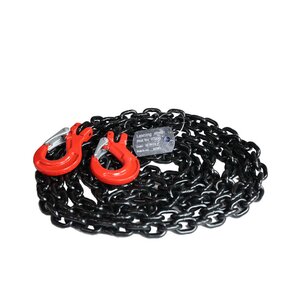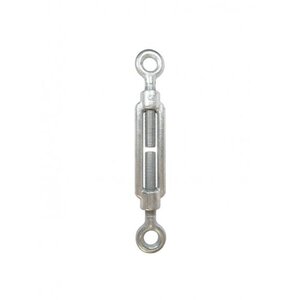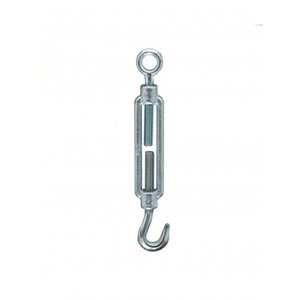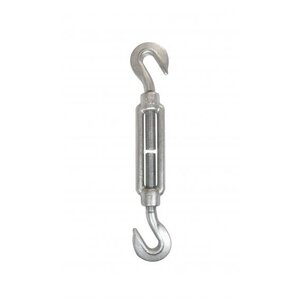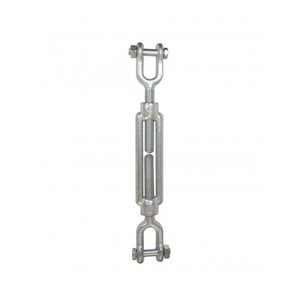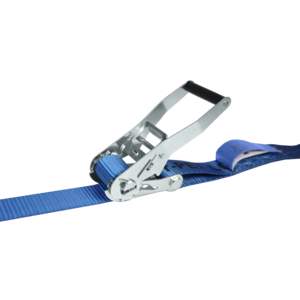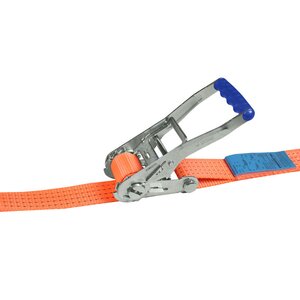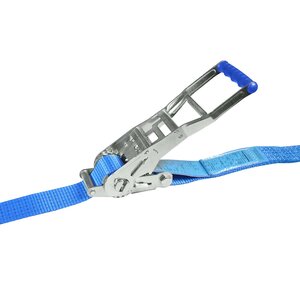I – Selection
The lashing system used must be designed to maintain the loads on the vehicle at all times during transport. The sum of the load limits of the devices used in a lashing system must be at least equal to the mass of the load to be maintained.
The capacity of a lashing device must be precisely defined taking into account : the number of devices used and the method of utilisation chosen (by friction or direct hooking) according to the nature and geometry of the load, the horizontal (longitudinal and transverse) and vertical forces necessary to hold the load in place in all normal traffic configurations (starting, sudden and sloping braking, curves, irregularities in the road surface).
II – Use
The equipment must not be used for lifting operations. When securing the webbings, it is essential to ensure maximum tension by manual action on the turnbuckle. It is strictly forbidden to overload the tension of the webbing by using accessories such as a lever.
The webbings must not be knotted and must not be tensioned in contact with sharp edges or rough surfaces without the use of protection accessories.
It must be ensured that the webbing anchor fittings are properly fitted to the hooking points.
The lashings cannot be used beyond the temperature range of -40°C to +100°C and in the presence of chemicals.
Different systems (e.g. chains and webbings) should not be used to secure the same load as they behave differently and have different elasticity when under tension.
Make sure that the stability of the load is independent of the lashing equipment and that the release of the webbing when the system is unblocked must not cause the load to fall.
Check the tension force periodically during transport, especially just after startup.
Please note that a change of the ambient temperature during transport may affect the tension applied to the webbing. Check the tension force at any change in temperature zone.
The lashings should be stored in cool, dry places. They should be protected from sunlight and any risk of mechanical damage.
III – Inspection and maintenance
The lashings will have to be changed when they show signs of damage such as :
- for webbings : tears, cuts, nicks, breakage of load-bearing fibres and holding seams, deformation due to exposure to heat, and the disappearance of identification tags;
- for the extremity parts and the turnbuckle : deformations, cracks, marks of pronounced wear and tear and marks of corrosion.
In case of accidental contact with chemicals, the lashing system should be removed from service and the manufacturer should be consulted.
See our products for heavy load securing
Click on the button on the right or on the boxes below depending on your need.
Need a lashing solution?
Our teams are at your disposal to help you find the right lashing solution.
